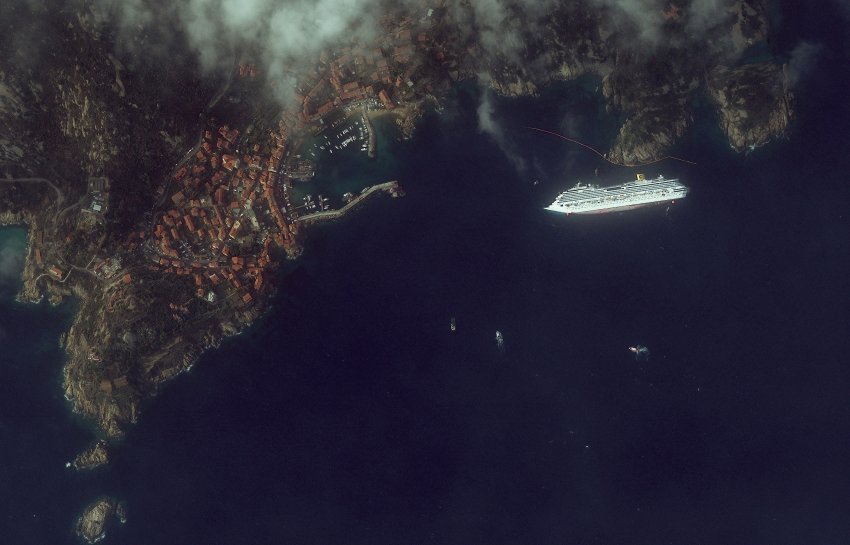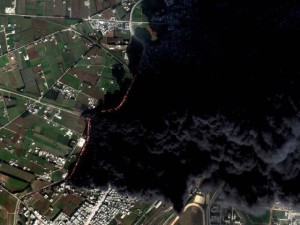For the first time, North Korean authorities have publicly acknowledged the existence of labor camps within North Korea. The admission came Tuesday, seemingly in response to critical UN reports published earlier this year.
North Korean foreign ministry official Choe Myong Nam, who is in charge of UN affairs and human rights issues, qualified that North Korea had “no prison camps” or “things like that,” but he briefly commented on “reform through labor” camps.
“Both in law and practice, we do have reform through labor detention camps–no, detention centers–where people are improved through their mentality and look on their wrongdoings,” said Choe.
North Korea is currently meeting with the EU in top-level meetings about rights issues, and North Korean officials have spoken of a willingness to engage the European Union in dialogue including on matters of human rights.
“We are expecting end of this year to open political dialogue between the two sides,” said North Korea’s deputy UN ambassador Ri Tong Il. Human rights discussion is expected to follow the opening of political dialogue.
North Korea has announced certain provisions, however. Among the stipulation is that the human rights dialogue will not be used as a “tool for interference” in North Korea.
The UN responded favorably to the North Korean expression of interest.
“While the North Korean human rights record remains abysmal,” said the executive director of the Washington-based Committee for Human Rights in North Korea, Greg Scarlatoiu, “it is very important that senior North Korean officials are now speaking about human rights, and expressing even pro forma interest in dialogue.”
By Sid Douglas
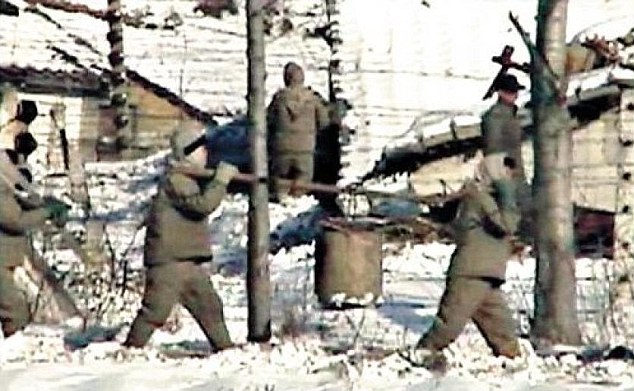
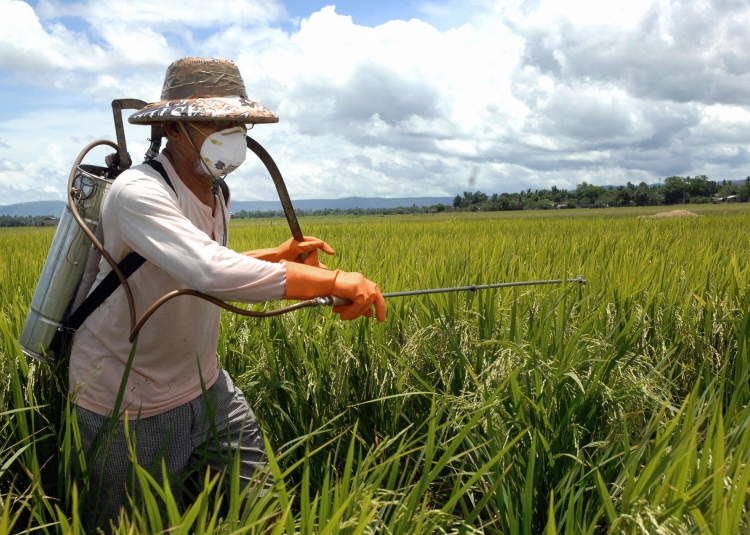



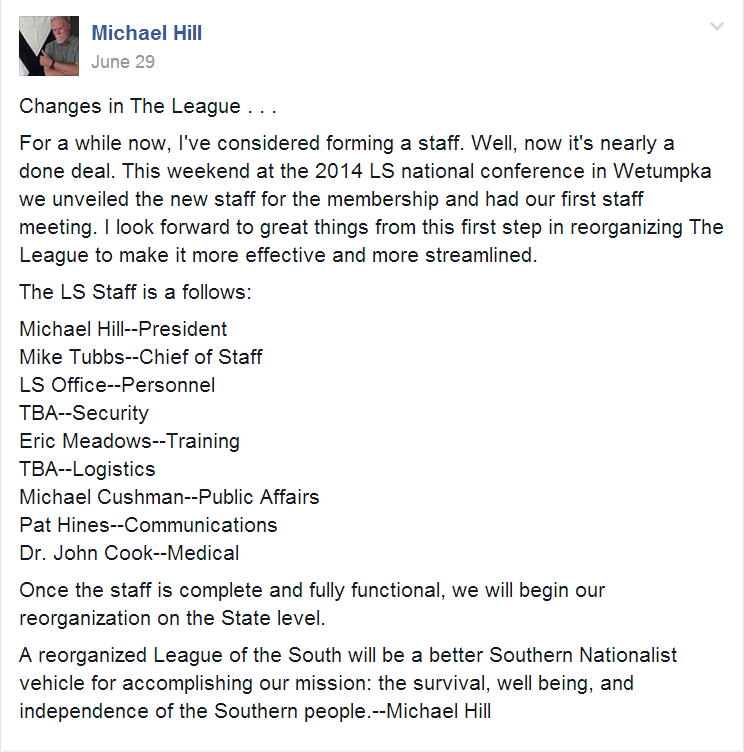

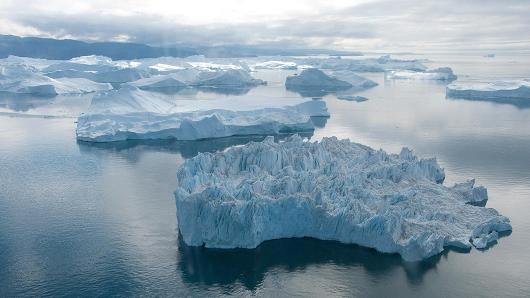

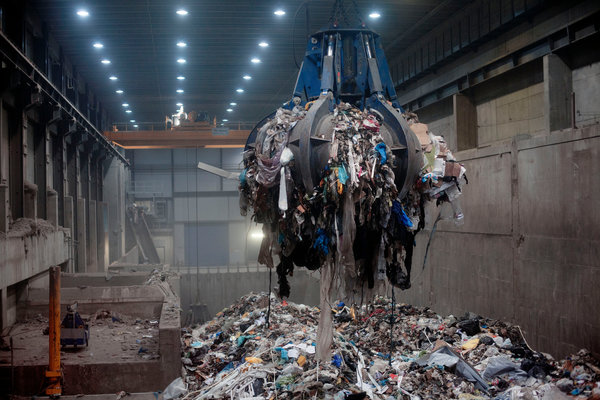
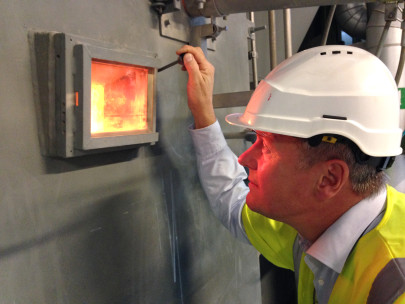 Waste today is a commodity in a different way than it has been. It’s not only waste, it’s a business,” stated Swedish Waste Management communications director Anna-Carin Gripwell.
Waste today is a commodity in a different way than it has been. It’s not only waste, it’s a business,” stated Swedish Waste Management communications director Anna-Carin Gripwell.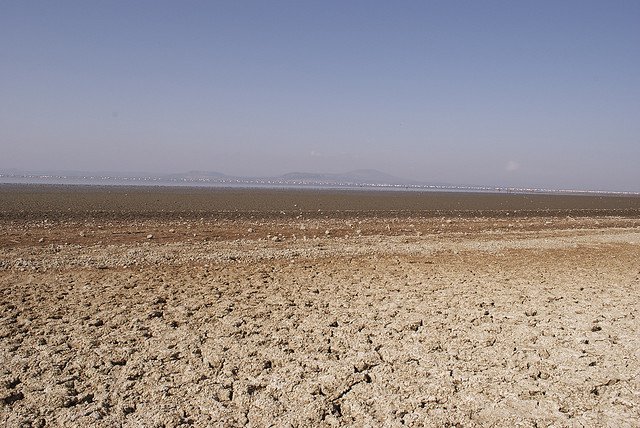
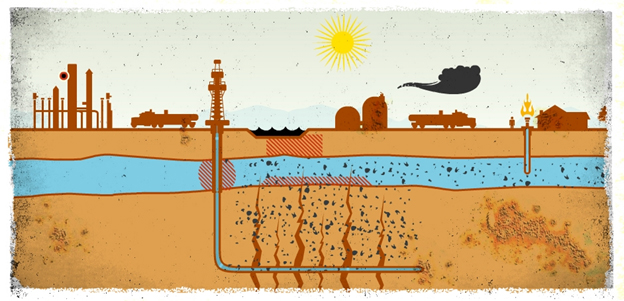
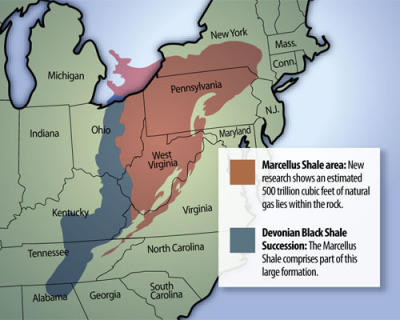 Environmental Protection unprepared to effectively administer laws and regulations to protect drinking water and unable to efficiently respond to citizen complaints.”
Environmental Protection unprepared to effectively administer laws and regulations to protect drinking water and unable to efficiently respond to citizen complaints.”

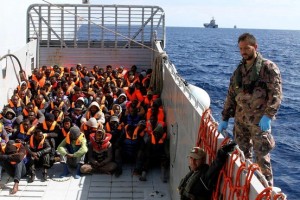 Refugees travelling to Italy by boat continue to increase. The refugees come from Syria, Iraq and the Middle East, in addition to North African nations, and are often fleeing conflict areas.
Refugees travelling to Italy by boat continue to increase. The refugees come from Syria, Iraq and the Middle East, in addition to North African nations, and are often fleeing conflict areas.
